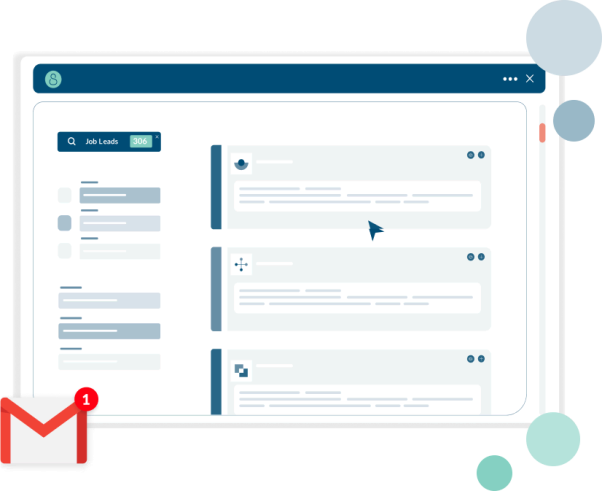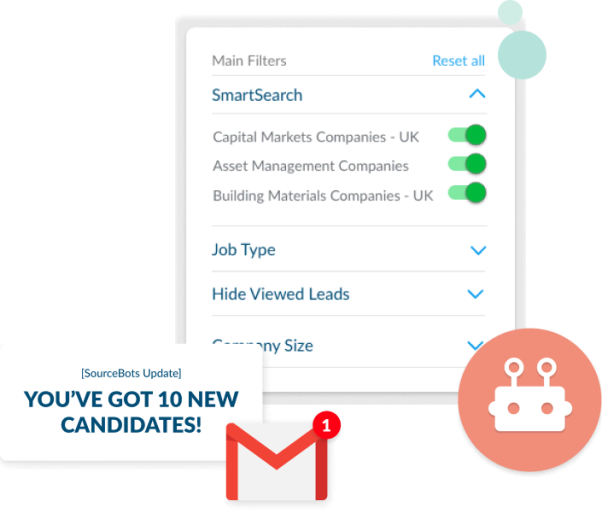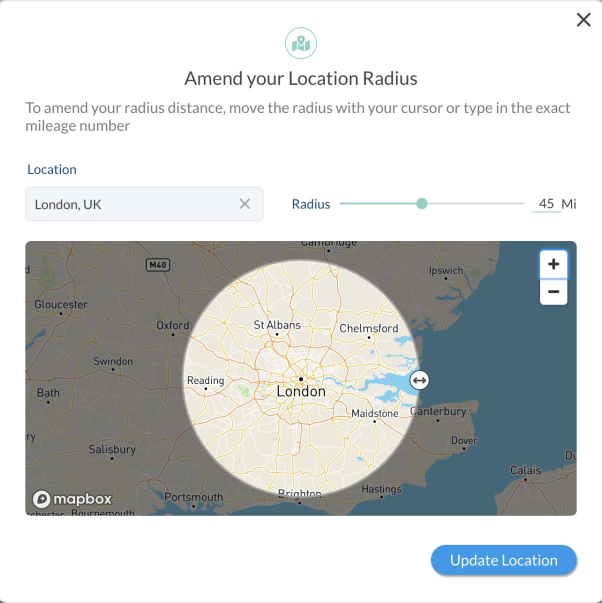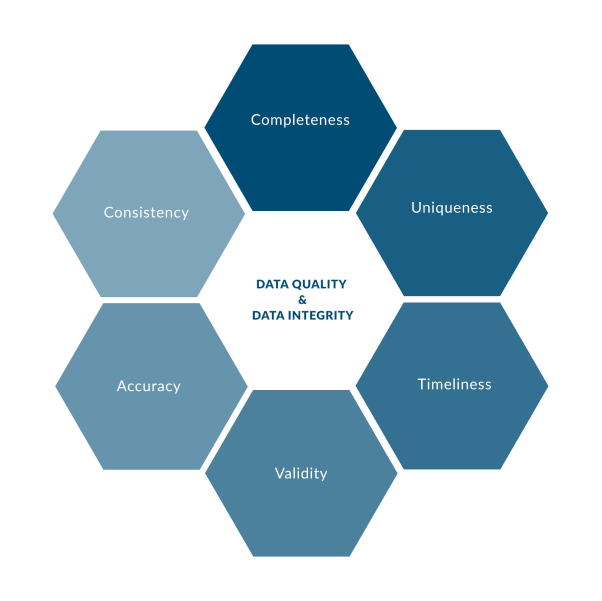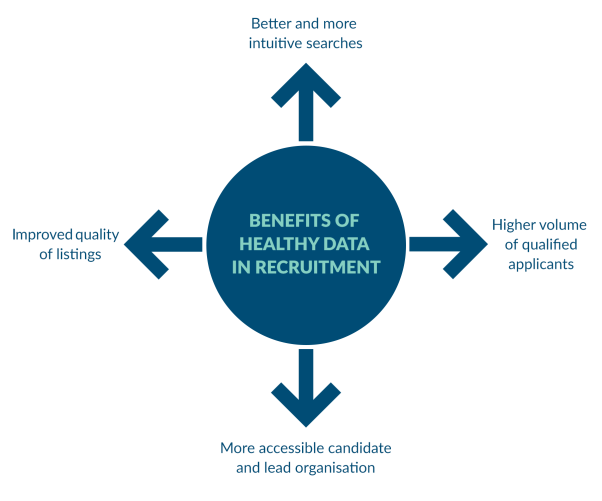An office environment can be conducive to both a negative and a positive focus, depending entirely on how you navigate your circumstances and your team. Times have changed and the way we perceive communication has changed, especially since the lockdown.
Leaders and managers will notice this more than ever as the migration back to the office in the last few forced them to navigate a dense propensity of office-based workers who were no longer accustomed to seeing their colleagues daily.
But with the channels for communication having been closed for extended periods of time, it’s no wonder colleagues will want to catch up and collaborate – it’s just about managing your environment in a way that’s productive for everyone.
So how do you retain focus?
How can you make sure you’re helping those who need it, whilst still actually getting your own job done?
“Have you got a minute?”
Never just a minute, is it? And stating that, isn’t the best look for office harmony.
If you’re not careful you’ll become over-stressed, overworked, with no time for yourself and even less time for your job.
Our CRO Adam Dale talked about this very recently on a podcast. I suggested his job title stood for Constant Response Officer. Which went down well…
Still, it’s the poisoned chalice of leadership. The higher up the chain you climb, the more reports you have, the more responsibility you gain.
And the more questions you field from those desperate for guidance.
Going to ignore their calls for help?
Course not, you’re a leader, not a shirker.
But then you’ve got Slack clicking away, email, someone’s on the phone for you, meetings, meetings, meetings about meetings, face time with clients, quick chats and that’s before we get on to wellbeing or personal time or even, dare I suggest it, time for thinking.
It’s your job to be available
Ever had a conversation with someone who’s only half there?
They’re looking you in the eyes, but it’s like their soul’s in a totally different place. They nod, even grunt a few yeses, but then say…
“Sorry mate, say that again for me?”
This is the danger of over-offering yourself. You can’t physically or mentally be in two places at once. And so, whilst it’s admirable to make yourself available to those who need it, you’re not really doing them a favour.
You’re actually doing them a disservice. They’re not getting the whole you.
How do you change this? Well, ironically, not being available is a pretty good strategy.
But let me explain.
The Science Between Stress & Time
There’s a study in psychology called the Time Pressure Illusion. It’s based on the stress associated with time. You know how you never seem to have enough time? Well… not everyone agrees. In fact, being rushed or under pressure is something totally of your own making. And I know that sounds harsh, but stick with me…
Basically, it boils down to this… if you’re more stressed, it feels like you have less time.
When, obviously, that’s not actually true. It’s the same thinking that has people take meetings in a plank.
Time goes SLOWLY when you’re watching the clock under physical pressure. And the opposite is true when you’re having fun and preoccupied. Do you actually have less time? Course not. “Time waits for no man” they say. And the same can be said about speeding it up or slowing it down.
Take this for example, a study of 2,500 employees at a Tech company found those who were more passionate about their work weren’t as rushed as others. Despite being under the same time constraints, their attitude was a lot more relaxed. And they actually got more done.
What can managerial focus teach us?
It tells us, actually, given the right amount of strategy, you needn’t be stressing about the lack of time.
What’s actually the issue is your attitude towards time. And that with the right management, you can crack your diary a lot more efficiently. And therefore give people the time they need.
Saying ‘yes’ to too many things can be a major pitfall, leading to a lack of focus, reduced efficiency, and decreased productivity. One way to maintain focus is by identifying and focusing on your core market.
By saying ‘no’ to companies and roles that are not part of your core offering, you can avoid getting bogged down in tasks that don’t align with your strengths and expertise.
In fact, according to SIA data, 71% of companies will be narrowing their focus in the event of a recession to maximize success for each candidate they work with. This means that recruiters who focus on their core market and specialize in a particular area have a greater chance of placing candidates, which ultimately saves time and leads to greater success.
It’s important to resist the temptation to take on too much and instead focus on doing a few things really well. By prioritizing your time and energy, you can maintain your managerial focus and achieve your goals with greater efficiency and ease.
Leveraging Tech for Improved Organization & Management
As a manager in the recruitment industry, it’s easy to get bogged down in the details and lose focus on the big picture. One way to maintain your managerial focus is by using tools like Google’s Focus feature.
By setting aside uninterrupted blocks of time in your calendar, you can prioritize important tasks and avoid unnecessary distractions. In addition to delegating work, it’s important to be specific about expectations and timelines.
When faced with a heavy workload, remember that it’s okay to ask for help and to prioritize tasks based on their level of importance and urgency. Trusting your team to complete tasks without micromanaging can free up valuable time and energy for you to focus on high-level strategy and decision-making.
With a clear plan in place, you can maintain your managerial focus and achieve your goals with greater efficiency and ease.
Downtime when Focusing is Crucial
“Oh, you’re gonna tell us to focus more, that’s original.”
Well, yeah, I am. Only there’s a difference here. Because not that long ago, you could focus on your own whim. And no one was able to physically stop that. To reach over the desk. Or shout over the office.
Sure, they could call you. But not being in the same building means you could ignore it.
So now we’re back in ‘office conditions’, you need to reaffirm how you focus. And really think about how, and when that happens.
Because by halting your availability at certain times of the day, you open yourself up fully in the times you’re free.
Confidence & Certainty
And here’s the most important part.
You need to be really firm with those both below and above you in the chain.
You need to have clear, concise and perhaps even physical barriers between you and other people.
So you could buy DO NOT DISTURB lights for your office desks. Or you could have focus pods. Or just a cafe you go to. Everyone focuses differently.
But making sure everyone knows you can’t be contacted at some parts of the day is absolutely crucial. And then gives you, and them, the focus they need when you are available.
Those around you will already understand the importance of focus, because they’re in the same battle.
The Importance of Improved Managerial Focus
Better focus means being a better leader, employee, manager and boss. But it takes practice and a firm hand. And sure, sometimes it won’t be possible.
But as we regain our independence in the world, making sure that translates to office life is a battle you can’t lose. Get planning and get ahead.
Interested in booking a demo? Click here.
TL;DR Key Takeaways
- To maintain focus and help colleagues in the office, it’s important to manage the environment productively.
- Saying “yes” to too many things can lead to overstress, overwork, and less time for yourself and your job.
- By prioritizing your time and energy and avoiding tasks that don’t align with your strengths, you can maintain your managerial focus and achieve your goals with greater efficiency and ease.
- Recruiters who focus on their core market and specialize in a particular area have a greater chance of placing candidates, which ultimately saves time and leads to greater success.
- Leveraging tech tools like Google’s Focus feature and setting aside uninterrupted blocks of time in your calendar can help you maintain your managerial focus and prioritize important tasks.
